Building Best Practices into RV Manufacturing
 When customers are angry because their RVs are breaking down, everyone in the assembly chain wants to solve the problem. However, looking at your own job performance critically and objectively to see if you’re causing the issue can be nearly impossible to do.
When customers are angry because their RVs are breaking down, everyone in the assembly chain wants to solve the problem. However, looking at your own job performance critically and objectively to see if you’re causing the issue can be nearly impossible to do.
One RV company experienced this exact scenario when components within the vehicles were breaking, leading to angry customers. The Williams Territory Manager worked with the RV manufacturer and after observing the work, it was determined the wrong tool was being used.
The Problem
While observing work on the RV assembly, the Williams Territory Manager learned that bolts were failing when RVs were in operation. Because everything in an RV vibrates during operation, even slight over-tightening can lead to stress fractures in the bolts over time. Upon further review, the team discovered that the tool being used wasn’t ideal for the task. This observation prompted training about tool selection, torque theory and the importance of matching the right torque to the application.
After some analysis, RV manufacturer concluded that technician was using the wrong size torque wrench, which was administering too much force on the bolts.
This issue had started long before he took the job. Technicians who came before him were able to use the incorrect tools, as the materials used were more forgiving, and each new hire was taught the wrong way to do the job without anyone realizing it. However, the company had recently switched over to less accommodating components, and the small difference in tool size finally became a big problem.
The Solution
RV manufacturer replaced the incorrect torque wrenches with tools of the proper size to keep the bolts tightened without applying too much stress, and the company has not seen the issue since. In addition to this fix, Williams Territory Manager worked with the technicians to educate them on the importance of applying the correct amount of torque and how to determine which tool to use in which application.
Just as the wrong information had been passed down from technician to technician, the Williams team is confident that proper tool selection can become a sustainable system to ensure these preventable malfunctions never happen again. The technician had not been in the wrong. He was simply taught incorrectly and did not understand the torque technique needed to notice the problem. Teaching those currently in the job to do it correctly is important, but the Williams team took it a step further by encouraging them to teach each other as well. Those who teach learn twice, and a network of education and accountability reinforces good habits while also inspiring vigilance from the next generation.



























